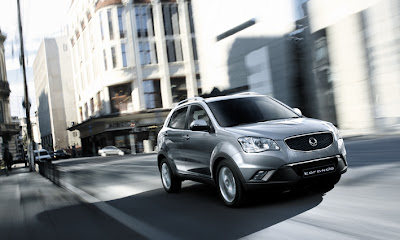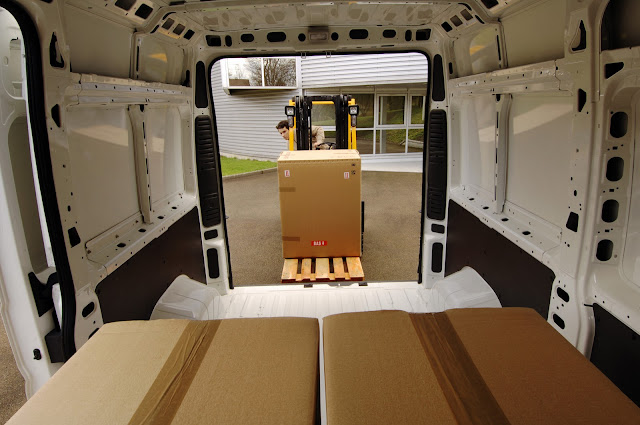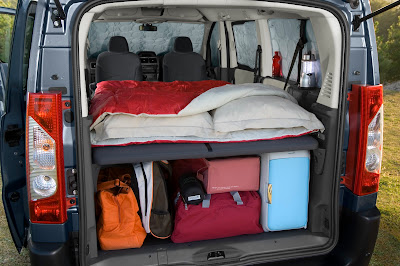The R&D department at PSA headquarters back in France certainly know a thing or two about advanced diesel technology because this week I’ve been evaluating the face-lifted, 110 kW/340 Nm, 2,0-litre, 308 turbodiesel hatchback, that sells for well below the R300K mark. Under the bonnet is to be found arguably one of the best diesel motors around — while it’s most certainly one of the quietest ...
The four-cylinder motor pulls like an express train, no turbo lag revealed itself at sea level, for the record I’d say a 0-100 km/h time can be achieved in around nine seconds — why bother owning a sports car!
There are two turbodiesels in the recently realigned seven-model 308 line-up so there’s lots of good reasons to consider a Peugeot these days because they offer something a little extra for your money: panache!
Hatchbacks, by their very nature, are so adaptable, little wonder then that they are a popular choice of body style when the SA motorist looks for wheels. Full leather upholstery with comfortable bucket seats make the 308 a good place to be — factor in every luxury available as standard fitment, including a full-length, but non-opening sunroof.
Take a close look at the interior shot of the 308, with half a tank of diesel still left the perky pug still offers a crusing range of 600 km — pictures do not tell a lie! Considering all the safety, technology and modern looks to be found in this particular Peugeot, the ticket price of which is R259 000, and represents fair value for money, I believe.
Peugeot might well have invented the safety car for all I know — the 308 is loaded with life-saving gear including multiple airbags up front and side curtain ones as well. Factor in ABS and EBA … there’s a full-sized spare wheel to be found in the boot — none of that run-flat technology junk with a Peugeot!
All Peugeot owners are assured peace of mind with ownership, and as such offer a 5-year/90 000 km service plan; a 3-year factory warranty in addition to the 1-year manufacturer’s warranty. All vehicles first registered in South Africa and purchased from a Peugeot Dealer benefit from a free additional 2 years of warranty (this additional warranty carries a mileage limit of 100 000 km.)








